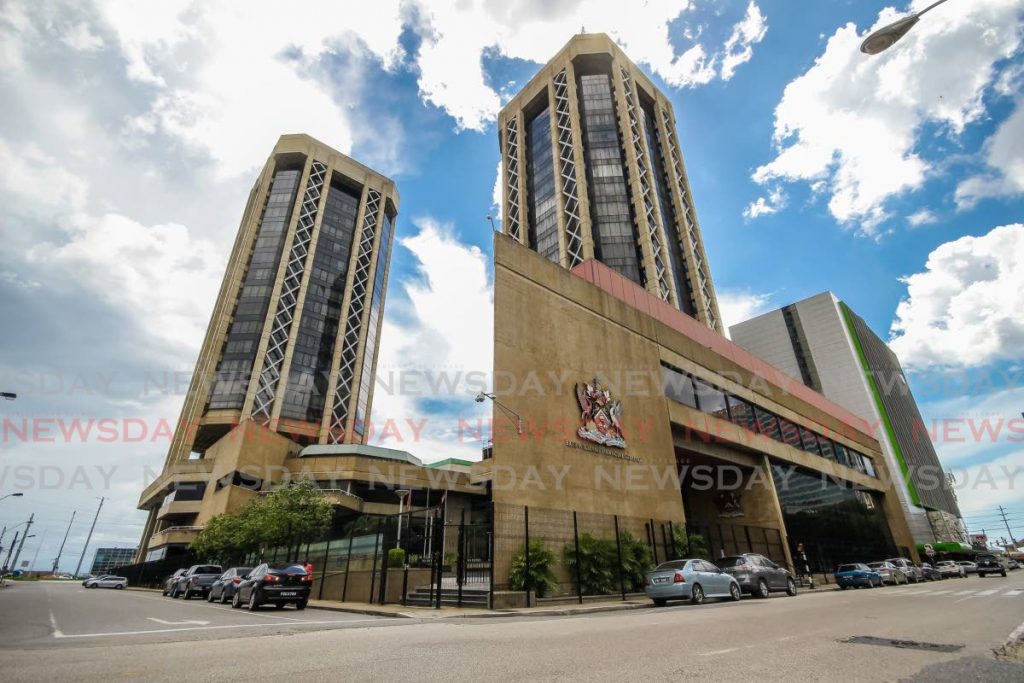Debt to GDP ratio: Does it matter that our borrowing has skyrocketed?

kmmpub@gmail.com
Amid covid19, our debt has skyrocketed, hitting 82.7 per cent of GDP as at the end of last year.
But does this really matter?
One common belief is that government borrowing works like household borrowing.
It doesn’t. The main difference being, if you can’t pay your mortgage, you can’t just shake down your neighbours to pay a tax to cover the cost.
That’s why government borrowing is treated differently. Lenders and bondholders give the government more leeway because what they are banking on is the economy as a whole.
That doesn’t mean we can borrow forever. Borrow too much and future taxes on young people will bury the economy, creating a vicious cycle where tax revenues fall. A broadly cited World Bank study looking at 99 countries over 28 years shows that once debt to GDP hits 77 per cent, each additional five percentage points of debt will shave off 0.085 per cent of annual real growth. We’ve long passed that.
Increased government borrowing competes for funding in capital markets, raising interest rates, and making it harder for private investors to raise funds. This can become a cycle of lower business confidence – and therefore investment.
As interest payments take up a greater proportion of government debt, the government has less left to invest. More debt now means we will also have less of a buffer in the next crisis.
Have we reached that point? Not quite.
The question for developing-country governments like ours is less whether we can repay and more whether we can refinance the debt. That also depends on how much of the debt is local and how much is foreign. As at the end of 2020, just over three quarters of our debt was in TTD. Given that we have few other investments locally, and billions in excess funds sitting in our banks, the government will have little trouble refinancing this as it comes due, once it is prompt with its interest payments. Local investors better understand the risks and are closer to them.
This is yet another case for allowing the currency to float – we have more local than international debt, so a cheaper currency will reduce the government’s borrowing costs.
The real question is our foreign currency debt. Are we raising enough USD revenue to pay the interest on the 25 per cent of foreign-currency-denominated debt? Even more so, can we persuade international lenders and investor that we are good for it when the time comes?
This depends in large part on when our external debt is coming due.
When is that happening, and how does that match up against expected energy taxes for that period? The projections aren’t the rosiest, but it seems likely that as the world emerges from covid19, there will be a surge in gas demand that will support this at current levels.
Although our headline debt-to-GDP number looks alarming, we still have lots of buffers in place. We’re not quite in a debt crisis as yet.
But we’re not that far from it, either. We have almost run up against the limit of what we can borrow. Any serious additional borrowing can only be supported by serious spending cuts, tax increases…or economic growth.
Despite what is bandied about in the political area, the real question is not so much the total amount of debt right now, but what we have spent the proceeds on. The government has decided to maintain the status quo – spending as usual.
It didn’t have many options – cutting overall spending in the middle of the pandemic would be hugely painful. But there was, and still is, the option to seriously overhaul what we are spending on. Now that elections are over, it is time to seriously and critically assess each area of government spending to determine whether it will result in greater economic growth.
We must not miss the opportunity to invest the proceeds from borrowing assets and projects that will lead to an increase in GDP, exports and taxes. Wasn’t that the whole premise of the government’s Road Map to Recovery?
Private-sector jobs have been disproportionately hit by lockdown restrictions, while the public sector has remained untouched. Without urgent reform, the economy that emerges will be even more dominated by government spending.
The government must immediately act to free up more money and cut costs in our woefully inefficient utilities and public sector, in order to inject these funds into mass testing, vaccination and revenue-generating projects that will create more jobs and economic growth.
Kiran Mathur Mohammed is an economist and co-founder of medl, an IDB lab-backed social impact health tech company


Comments
"Debt to GDP ratio: Does it matter that our borrowing has skyrocketed?"